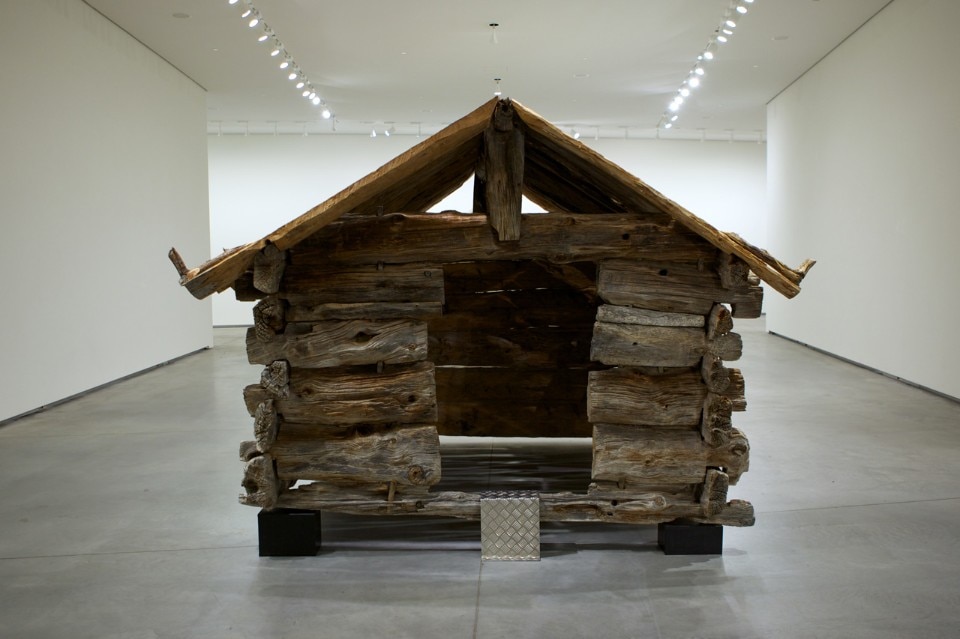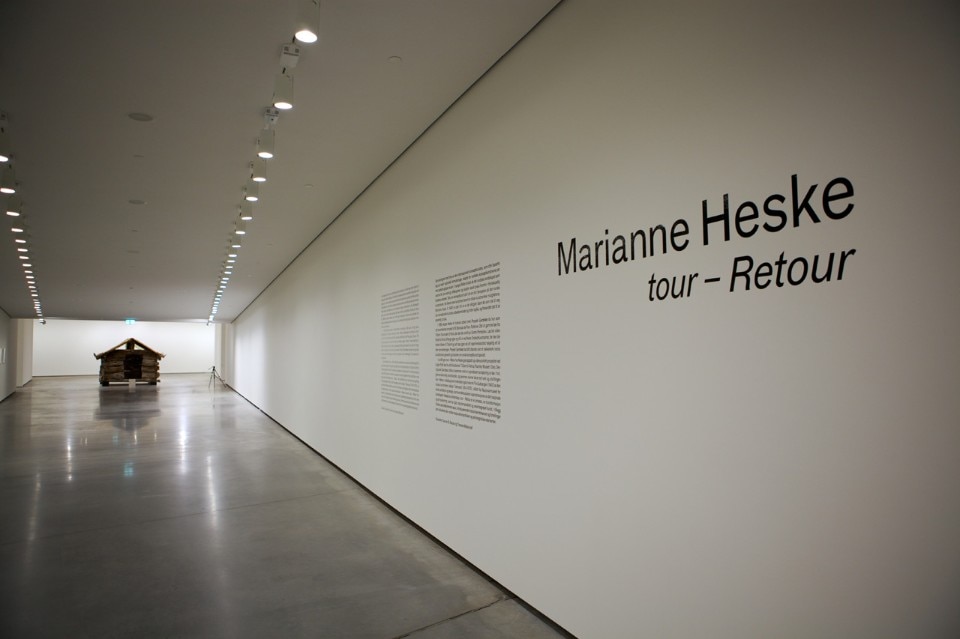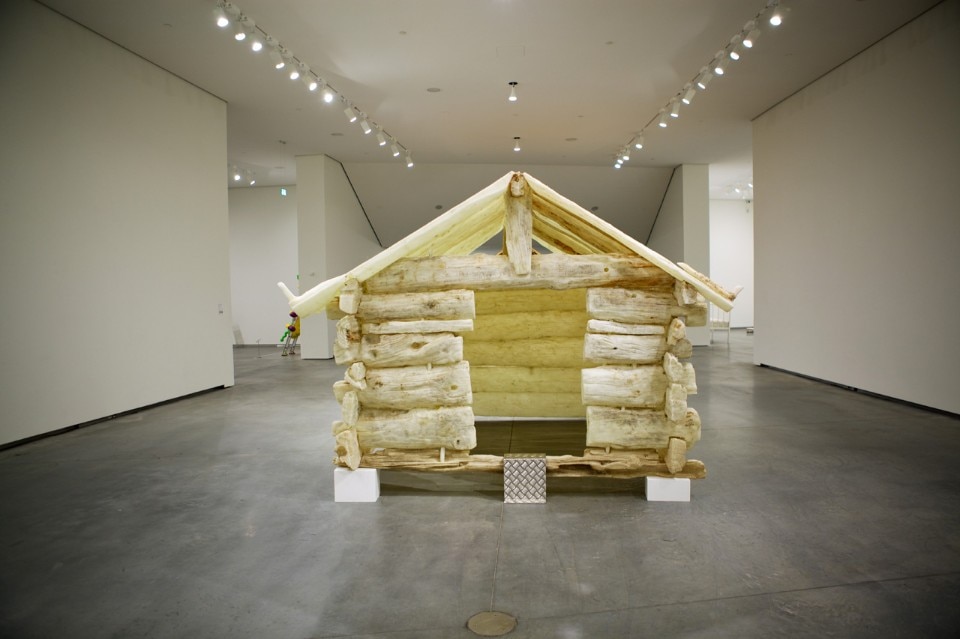
Marianne Heske’s totemic work lends itself to new interpretations gauging how much of the captivating simplicity of her seminal artistic action survives after she dismantled, transported and re-installed a 400-year-old shepherd’s log cabin in a museum space (the first time was at the Centre Pompidou for the Paris Biennale in 1980). The work has developed a seismographic concept, still capable of measuring how perceptions of the most recent Conceptual Art have changed and are evolving.
The display is white and minimal, as was Marianne Heske’s statement on the project: the artist was convinced it would function differently and sure of the major role played by the artist in altering its conditions of use.
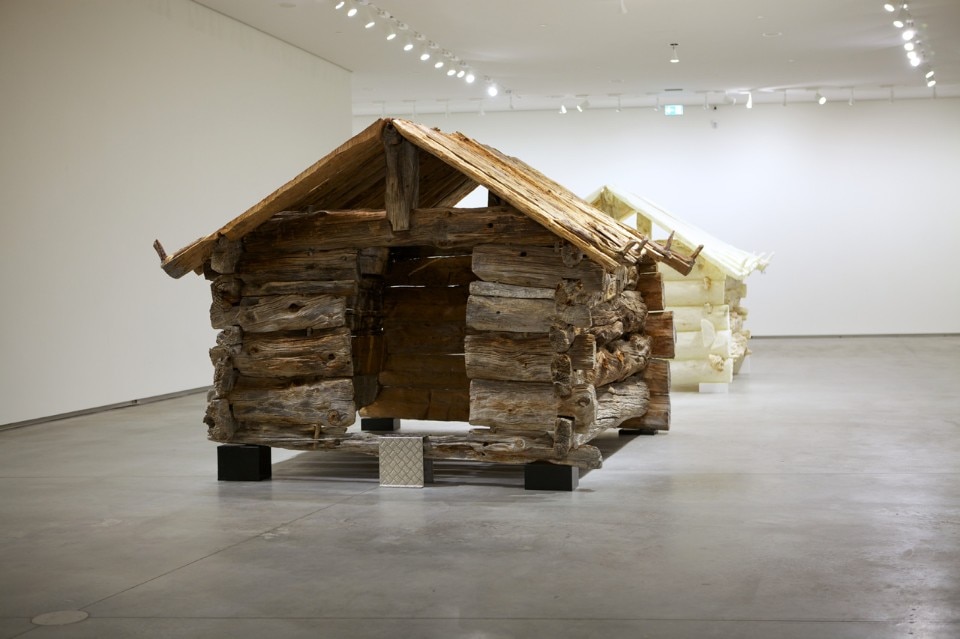
The project now boasts a new title “tour Retour” and, although an isolated and cold icon, it still strives to convey the long journey and rigorous poetic of the Norwegian artist, who has made the practice of displacement and re-appropriation a core focus since the start of her career. About ten years before the boom in relational artists of the next generation, and in step with US Appropriation art, the artist negotiated the hire of this part of the landscape.
She had to peel potatoes with its owner and prepare what seemed, at the time, a strange shifting of meaning for the move from the impervious slopes of the Norwegian fjord where the hut was perched. We can imagine that the return of the cabin-work to the same place was also crucial and totally relevant to the restoration of that landscape. Marianne Heske recorded all the phases, from dismantling to departure – aided by the local population who lowered it little by little – on the artist’s truck. She transported it in person to Beaubourg.
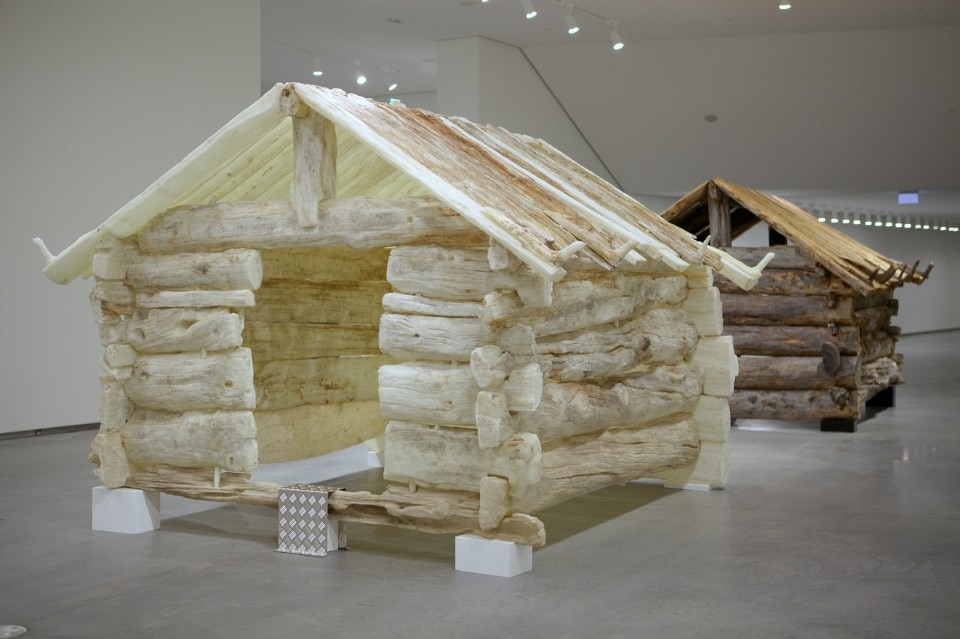
Seeing it today conjures up a strange sense of intentionally overlapping aesthetics: the original in the company of a fine white-resin replica, almost as if the Rachel Whiteread-like cast provided further proof of the solidity of Heske’s certainties. She speaks of the instability of a work’s reception and the totally central role played by the cultural identity of the person who creates it.
Discussed from the very first by Pierre Restany and subsequently by Hans Ulrich Obrist and Nicolas Bourriaud, the work might seem like a late addition to the list of land-art explorations but, at a later date and in a new context, it becomes an inescapable reflection on self-awareness and the landscape.
The video-record played a significant role in the Beaubourg display of the 1980s. Heske is also a fine and proficient video-artist but the dimension of the innocent bucolic gaze was denied by a television camera filming spectators staring at the work as if a sculpture. It is an eco-friendly monument to self-insincerity and, perhaps, the first evidence of the advent of the Anthropocene epoch when the context started to play a key role in the new organisation of perceptions.
The ruthlessly dramatic Norwegian landscape adds a more romantic dimension that seems to creep in between the folds of this conceptual landscape from the very first.
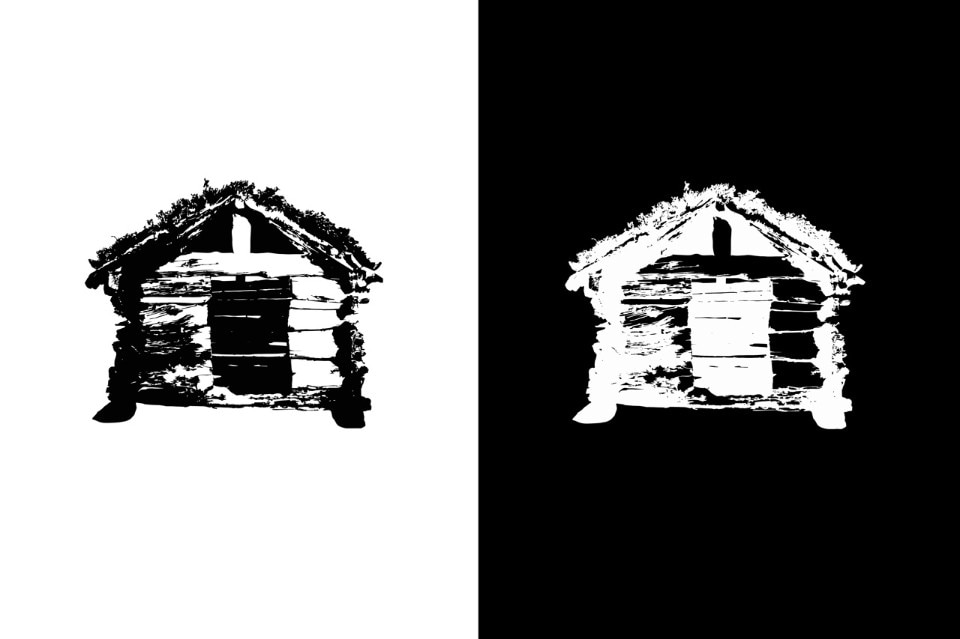
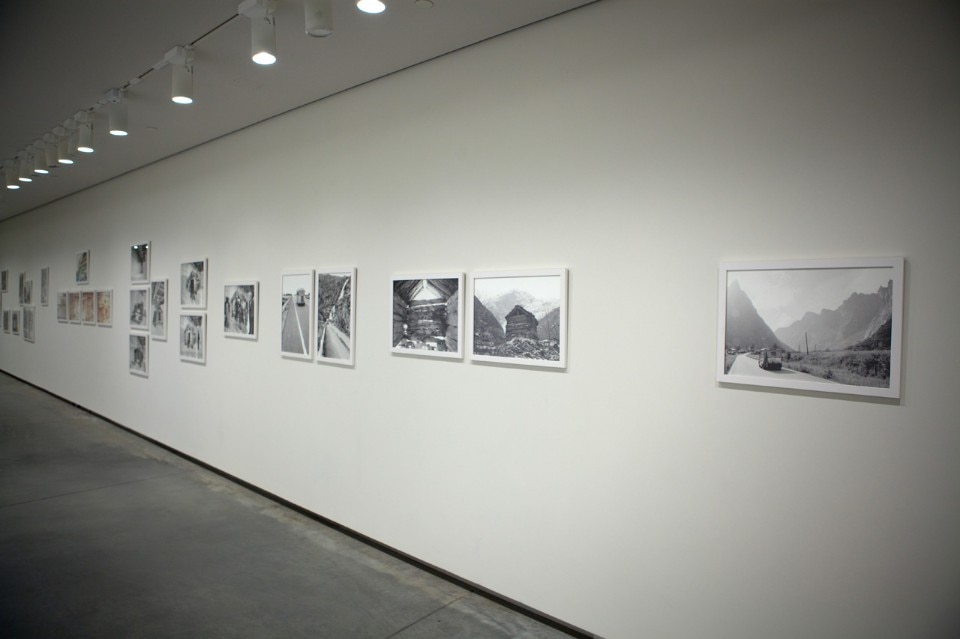
Quasi si sovrapponessero strati di pensiero, la nuova lettura potrebbe includere Kurt Schwitters in fuga dal nazismo in Norvegia, e la sua costruzione della capanna MerzBau di cui esiste qualche frammento al centro Henje Honstad.
Today, Marianne Heske’s work retains its conceptual component unaltered but also reminds us of the splendid, indescribable and berated landscapes produced by the great Dadaist painter during his time in Scandinavia – an impossible and imperturbable sense of harmony without the acid hues of Northern European painting.
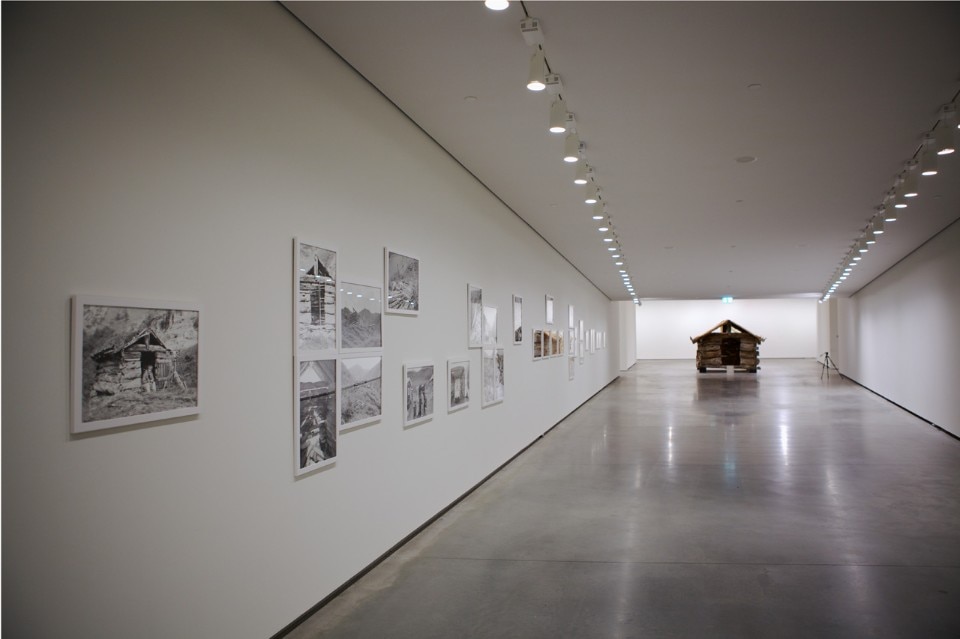
until 5 May
Marianne Heske, tour — Retour
Astrup Fearnley Museum Oslo


